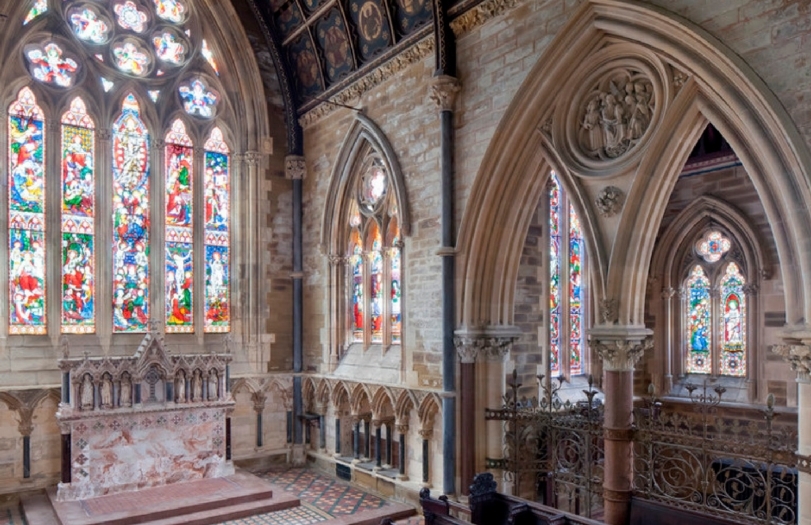#HistoricChurchOfTheWeek - All Souls' Halifax Haley Hill, West Yorkshire
On 2 August 1989 All Souls' Halifax Haley Hill came into the care and protection of the Churches Conservation Trust having been made redundant for regular public worship on 1 March 1979.
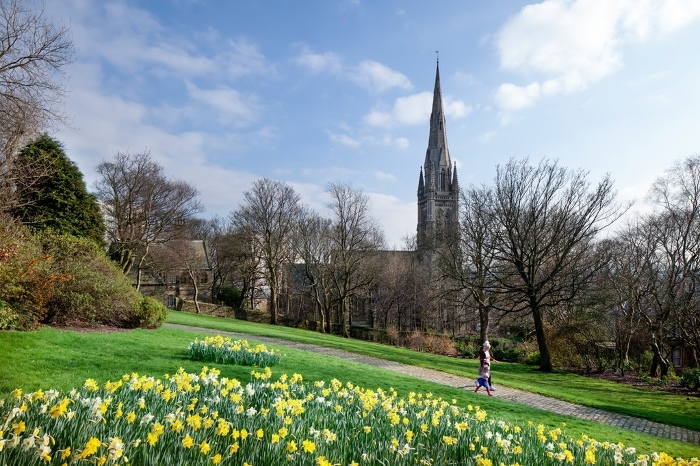
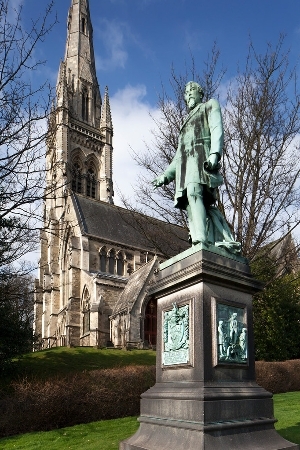
It was paid for by Lieutenant Colonel Edward Akroyd (1810–1887) who was a wealthy English textile manufacturer having inherited the family business from his father in 1847 which at the time included one of England's largest Worsted factories. He was a philanthropist and had a real concern for those living in terrible social conditions as a result of the industrial revolution. To tackle this he built several churches, the first Working Men's College outside of London and he worked closely with Halifax Permanent Building Society (which would later become the Halifax Building Society) to promote home ownership. On his death, 15,000 mourners paid their respects to Akroyd at his funeral at All Souls'.
To build All Souls', Colonel Akroyd employed the architect George Gilbert Scott, who built the Midland Grand Hotel at St Pancras Station and whose grandson, Giles Gilbert Scott, would go on to build Liverpool's Anglican Cathedral.
The foundation stone at All Souls' was laid on 25 April 1856 and the church was completed in 1859 and Gilbert Scott said it was 'on the whole, my finest church'.
Built in a cruciform shape, the church has epic proportions. The spire rises to a height of 236 feet making it the second-highest in the county, after Wakefield Cathedral. Inside between the nave and aisles, are majestic stone arcades with columns made from Derbyshire marble. If you explore the piers of the tower, and the transept arches you will see this is made of a different stone, Aberdeen granite.
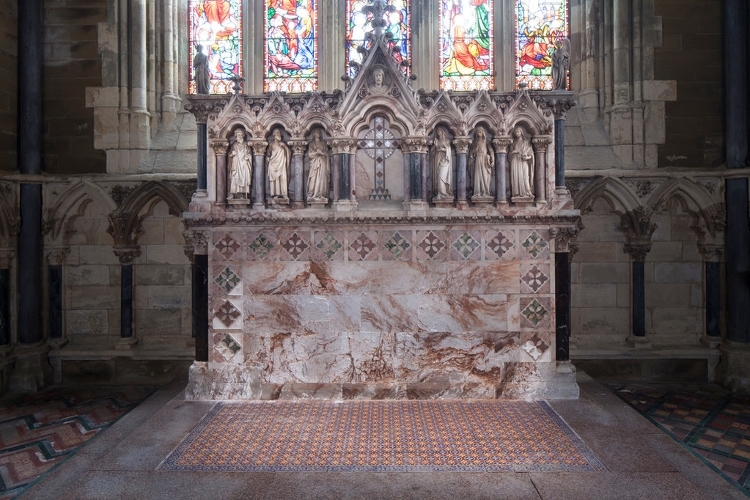
Upon entering the chancel you'll see a beautiful alabaster reredos with statues of saints including the Virgin Mary, Mary Magdalene, Mary of Bethany, Saint John, Nicodemus, and Joseph of Arimathea. You may be inclined to think that the church belonged to the Anglo-Catholic tradition, certainly the Tractarian movement had a big impact on the design and liturgical use of the church, especially with an emphasis on the Altar and not the Pulpit, but the church was Evangelical - following the wishes of Colonel Akroyd.
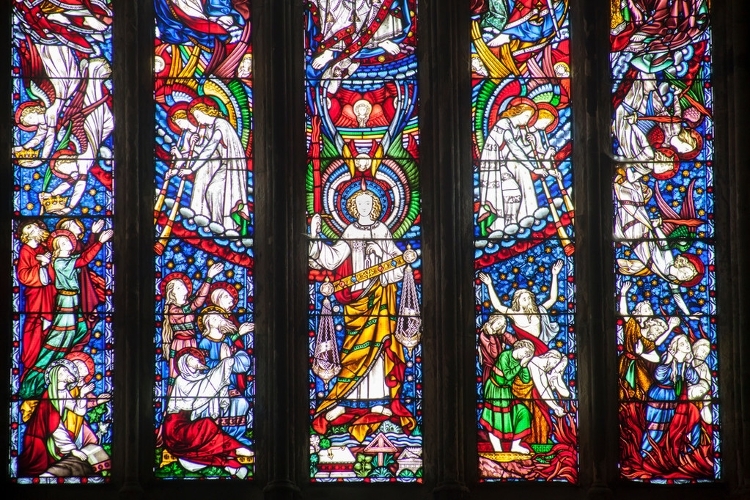
Interestingly at another church, Akroyd built which is also now under our care, St Stephen's Copley, he had a severe falling out with the vicar he nominated for the church in 1872, the Revd John Benson Sidgwick. This was due to Sidgwick being an Anglo-Catholic and his practices were too high for Akroyd, and as a result, Akroyd withdrew his voluntary stipend payment for Copley and he also later sold the patronage for All Souls' in 1879 to The Simeon Trustees to ensure All Souls' remained Evangelical.
Sadly Akroyd never sufficiently endowed All Souls' which left an enormous church with a congregation who were unable to meet the significant maintenance and running costs. Indeed before the church came into our care, it was in a serious condition and was in real danger of demolition.
Save Britains Heritage and The All Souls' Trust reported that "An engineer's report had condemned the spire as dangerous and said that it must be dismantled. Once the church lost its dominant feature, the case for saving the church would evaporate altogether."
Some amazing engineering went into saving the tower from collapse through strengthening it by building a secondary skin of new brickwork on the interior of the spire, from the base to its tip, and bolting the brick and stone together with stainless steel pins that would be invisible from the ground.
After these emergency works were done, the church was vested in our care and a programme of ongoing repairs and maintenance is undertaken by us.

